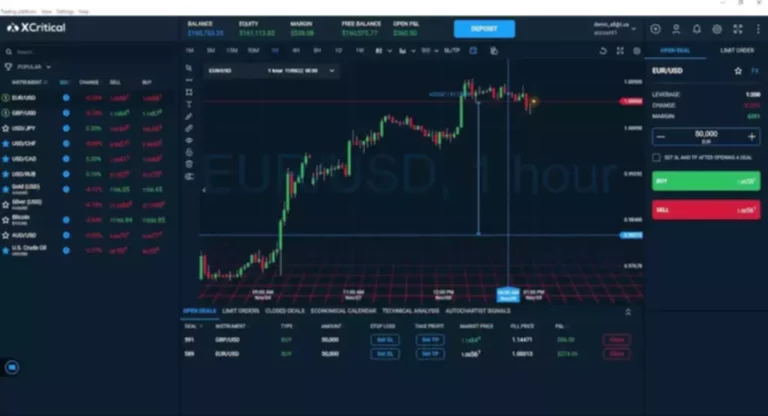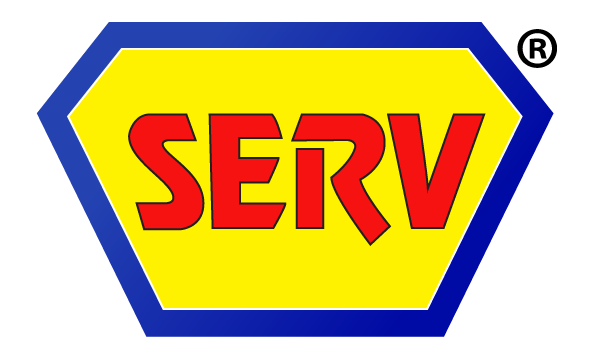According to CGK, a generation is a group of people born around the same time and raised around the same place. People in this “birth cohort” exhibit similar characteristics, preferences, and values over their lifetimes. For the purposes of this report, it’s important to understand how we define generational age groups based on the year they begin and end.
- As Gen Z ages, studies and purchasing behaviors hint that they haven’t been able to shake their financial instability concerns.
- They’re looking for posts that break the mold and challenge what’s expected from brands and creators.
- Environmental concerns… Generation Z members are deeply concerned about climate change and expect brands to take a stand on environmental issues.
- Harness their enthusiasm for social media by providing them with content they can create and share.
- Regardless of how popular or well-known your brand is, you’ll still need to highlight why your products are better than cheaper versions from competitors.
The financial impact of COVID-19 has affected them negatively, but it has also made them more financially cautious. Generation Z, often referred to as Gen Z or Zoomers, represents the cohort of individuals born roughly between 1996 and 2012ish. While the exact dates defining this generation may vary, they are commonly considered the successors to Millennials. It’s all about trust with Gen Z, so they appreciate ads that are true to a brand’s core values. However, creative and visually captivating ads will also spark their interest.
Generation Z in the workplace prefers security and stability
The millennials were told to have big dreams and find exciting jobs that make them rich and happy. But sometimes, they felt sad when they realized these jobs needed more than hard work. Generation Z has grown up in a world where they often feel unsure about money. Another thing about them is that they really like to start their own businesses.
About half of Gen Zers freelance to earn money (or more money), generating a substantial income of $40 billion per year from side gigs and freelance work. Most of the survey respondents spend 1- 5 hours per day on their feeds. Even though around 50% shop online monthly, the same percentage make a purchase when they need something, and 33% look for good deals and buy when there are sales. The generation that follows Gen Z is Generation Alpha, which includes anyone born after 2010. Gen Alpha is still very young, but is on track to be the most transformative age group ever.
Let your Gen-Z employees have the best tools to register increased productivity and better performance at work without having to cut corners. These five productivity tools are the best you can provide your Generation Z employees to help them achieve more efficiency at work as well as reduce work-related stress. These tools automate many manual tasks for you, which saves time and energy of your young workforce. They want to communicate and collaborate efficiently on tasks and projects to stay updated on the progress of work. ProofHub is a top-rated project management and team collaboration tool that simplifies complex projects and takes team collaboration to another level.
Creative Brands on TikTok to Inspire Your Feed
Being considerate of the environment is one of the top Generation Z’s characteristics. Evernote is a popular, and comprehensive note-taking application with several tools that allow users to do much more than simply creating and saving notes. You can store everything from personal moments to business projects, and be assured that your documents are safe and ready whenever you need them. You can capture notes by writing, capturing photos, recording videos, uploading PDFs, sketching digitally, and more.
Gen Z are the generation after millennials, and before Gen Alpha, so roughly speaking, they’re born between the mid 1990s and early 2010s. Much has been said about this generation, but amid the facts are plenty of myths, so we’re here to set the record straight with 7 Gen Z characteristics, according to real consumer data. 69% of Gen Z, compared to 46% of Boomers, are more likely to buy a product if they know others like it, and a third (33%) of Gen Z believe the opinions of online influencers more than their family or friends. Not only are they enthusiastic about starting businesses rooted in technology, Gen Z is also taking action, and using technology to educate themselves.
QuestionPro offers a suite of products tailored to help professionals and businesses connect with these tech-savvy generations. Whether you’re conducting market research, developing marketing strategies, or launching new products, QuestionPro’s tools and platforms can provide you with the data and insights you need to make informed decisions. Understanding Generation Z means understanding Gen Z characteristics – that values and beliefs that make Zoomers such a standout group. These insights are key for businesses, marketers, and society as a whole. Gen Z habits, digital fluency, and social media wizardry are reshaping industries and pushing boundaries. By speaking their language, embracing innovation, and reflecting their aspirations, we can build meaningful connections and create a future that thrives with Gen Z’s dynamism.
How to market to Gen Z: Key takeaways
Connecteam is an all-in-one that helps you manage your mobile workforce from one place. It helps you build a native employee app so your workforce, particularly mobile employees, can connect, communicate, and collaborate with ease and speed. By understanding this, the need to further motive your younger generation workforce, you need to be working at the level they’re most comfortable at. While you might worry that Gen Z isn’t worth marketing to because they won’t splurge on your products, this age group certainly can be persuaded to make larger purchases that offer fun experiences or improve their daily lives. Here, Katz discusses some of what she and her colleagues learned from their extensive research into how Gen Zers, the most diverse generation yet, experience and understand the world.
As such, this generation sees the web as the starting line, it’s an intrinsic part of their everyday lives. Given this omnipresent role of connected technology, Gen Z’s expectations for the digital world far exceed those of any generation that has come before them. Having grown up with smartphones, the internet, and social media, these digital natives are more likely to buy from brands that have established clear values, are inclusive, and have a strong online community. Young, tech savvy, and socially-minded, Gen Z is the most racially and ethnically diverse generation ever with a spending power of over $140B. Generation Z grew up with phones in hand and is used to texting and messaging. While they believe in technology, studies have found that Gen Zers also prefer face to face communication.
New employee engagement tactics for changing demographics
Throughout history, generations have been defined by the advent of technology. From the transistor and the personal computer to the Internet and the iPhone, innovation and invention have served as driving forces that inform generational identity. Build faster, protect your brand, and grow your business https://www.xcritical.in/ with the #1 WordPress platform to power remarkable online experiences. According to surveys, Gen Z is the loneliest generation in America, so they’re actively looking for ways to engage and connect with like-minded individuals. Building a digital community is integral to your Gen Z marketing strategy.

Nandini Sharma is the Assistant Marketing Manager at ProofHub – a powerful project management software loved by more than 85000+ teams and businesses worldwide. She brings unparalleled expertise in digital marketing through her years of experience in the field; especially when in the area of brand building, targeting a large audience and building strong connections with them. When not busy in creating winning marketing strategies, she can be found involved in art and craft activities. Ogilvie, the principal investigator on the corpus research team, along with a team of Stanford student research assistants, applied machine learning algorithms to discover the many ways in which young people today express themselves.
Convenience-wise, however, Gen Z is the most likely generation to grab takeout. According to Morning Consult, 51 percent of Gen Zers polled say they have treid a new restarant in the gen z meaning last month, compared to 40 percent of all adults. If ever there was one generation that had a gift for hustling, it’s Generation Z. They’re not afraid to dive into the gig economy!
Leaving room for constant experimentation is now the hallmark of a successful social media strategy. Instagram and TikTok Stories, for example, allow brands to drive time-sensitive engagement and become a constant fixture in their followers’ feeds via notifications. These features are great venues for behind-the-scenes content, promo codes and other exclusive content that may not warrant a spot on the feed.
But, even though they will invest in higher-priced products, Gen Z will still need thorough convincing before pulling out their wallets. It’s vital for brands targeting Gen Z to create content demonstrating why the age group needs their product, how the product could solve daily boredom or woes, and why it’s better than a competitor’s. Gen Z is leading the trend, with 74% of those choosing mobile first for shopping.
They find more assurance in face to face communication compared to previous generations. They also prefer to-the-point communication and in-person interactions with their managers.The in-person interactions can be through Skype, Zoom, Facetime or any other application. Internet-related technologies have dramatically changed the speed, scale and scope of human communications, resulting in significant changes in how people work, play, shop, find friends and learn about other people. For Gen Zers living in the United States and Britain (the two places we studied), the “norm” they experienced as children was a world that operated at speed, scale and scope.
